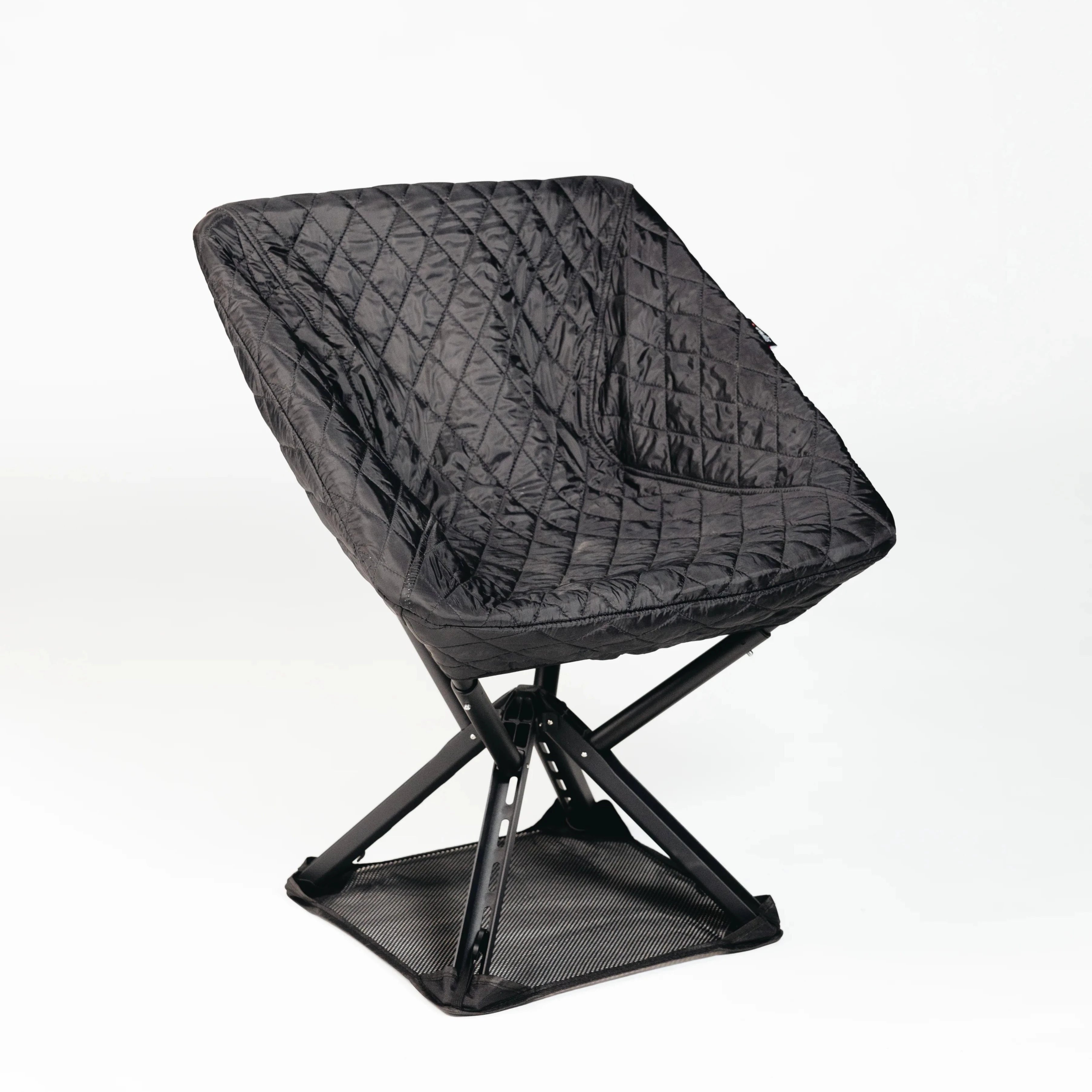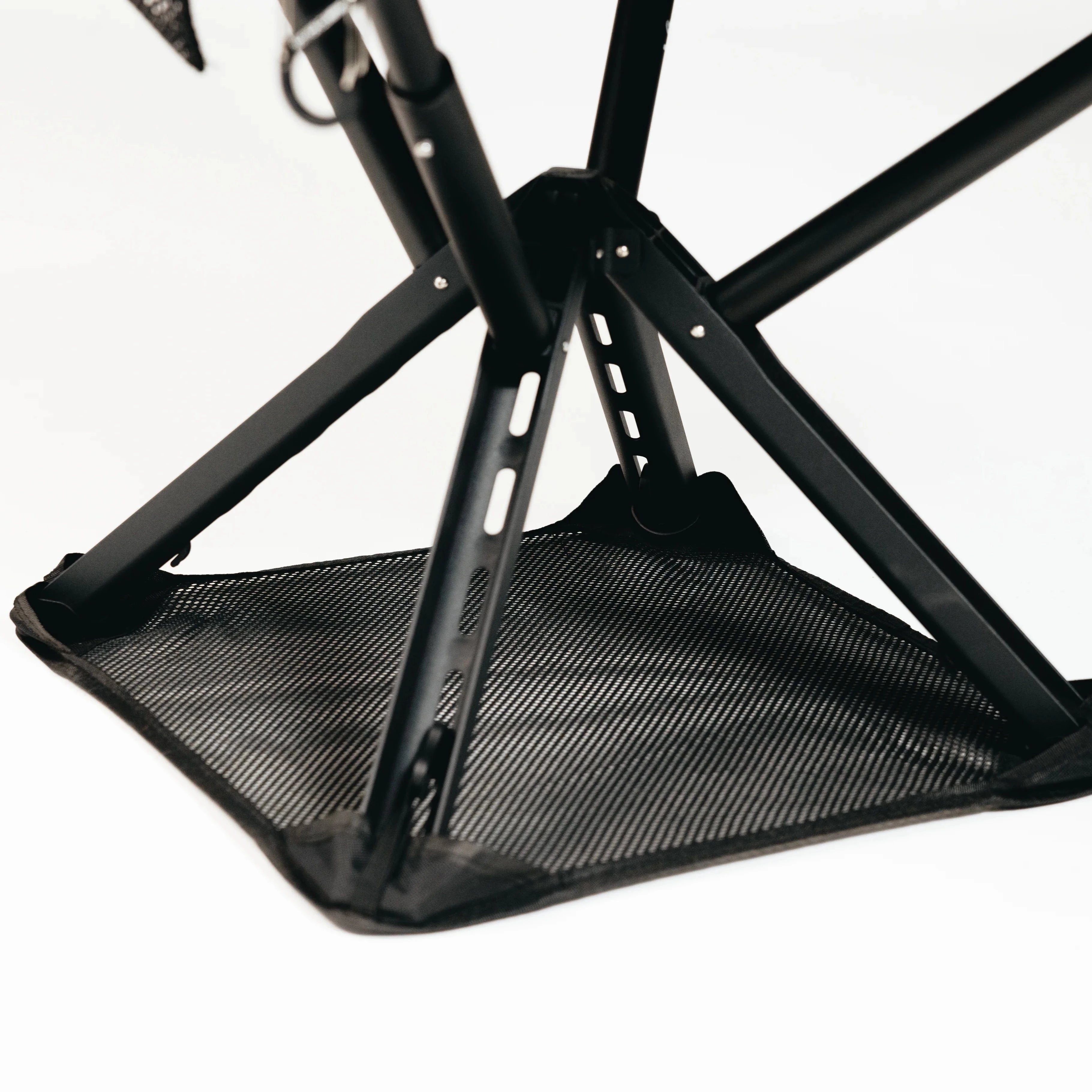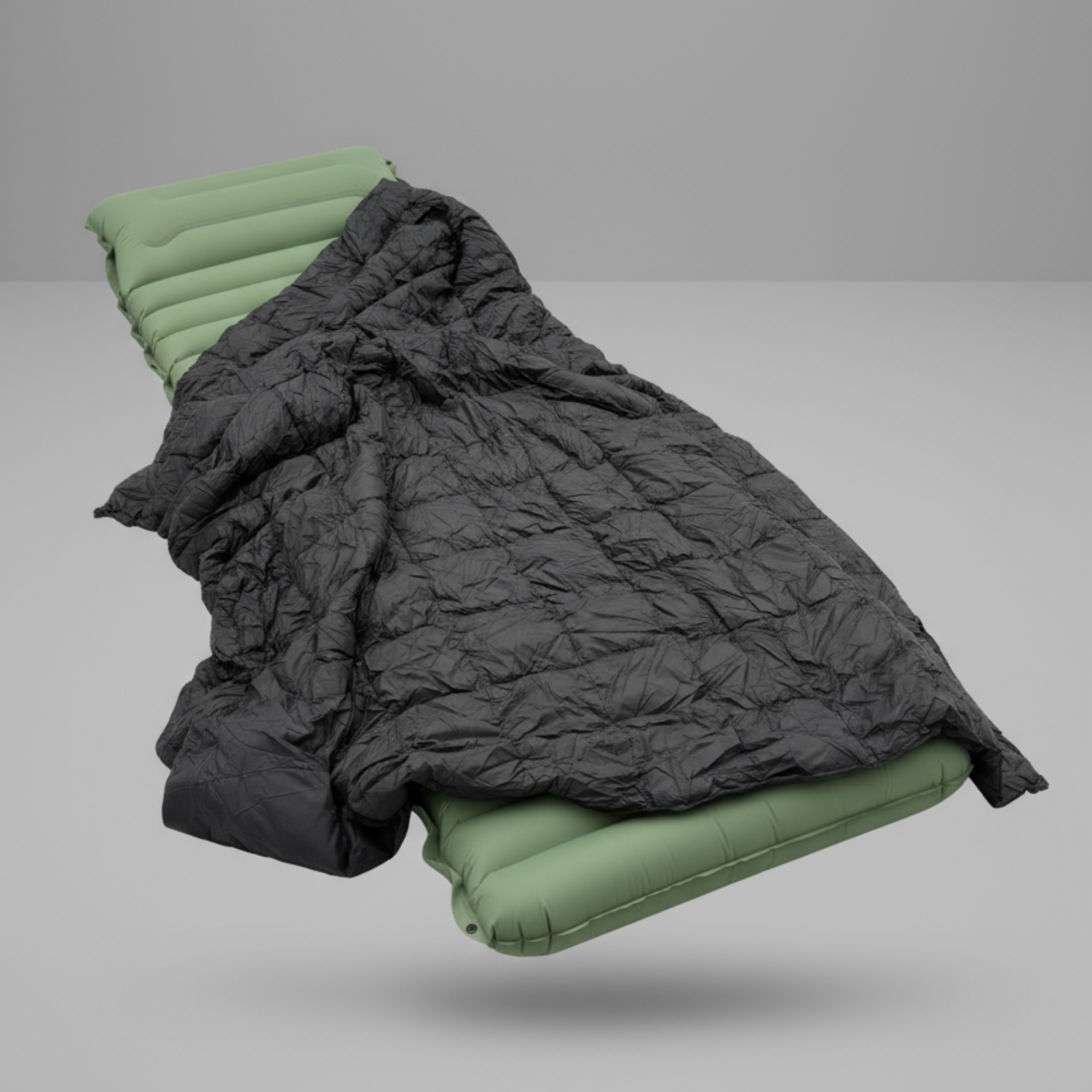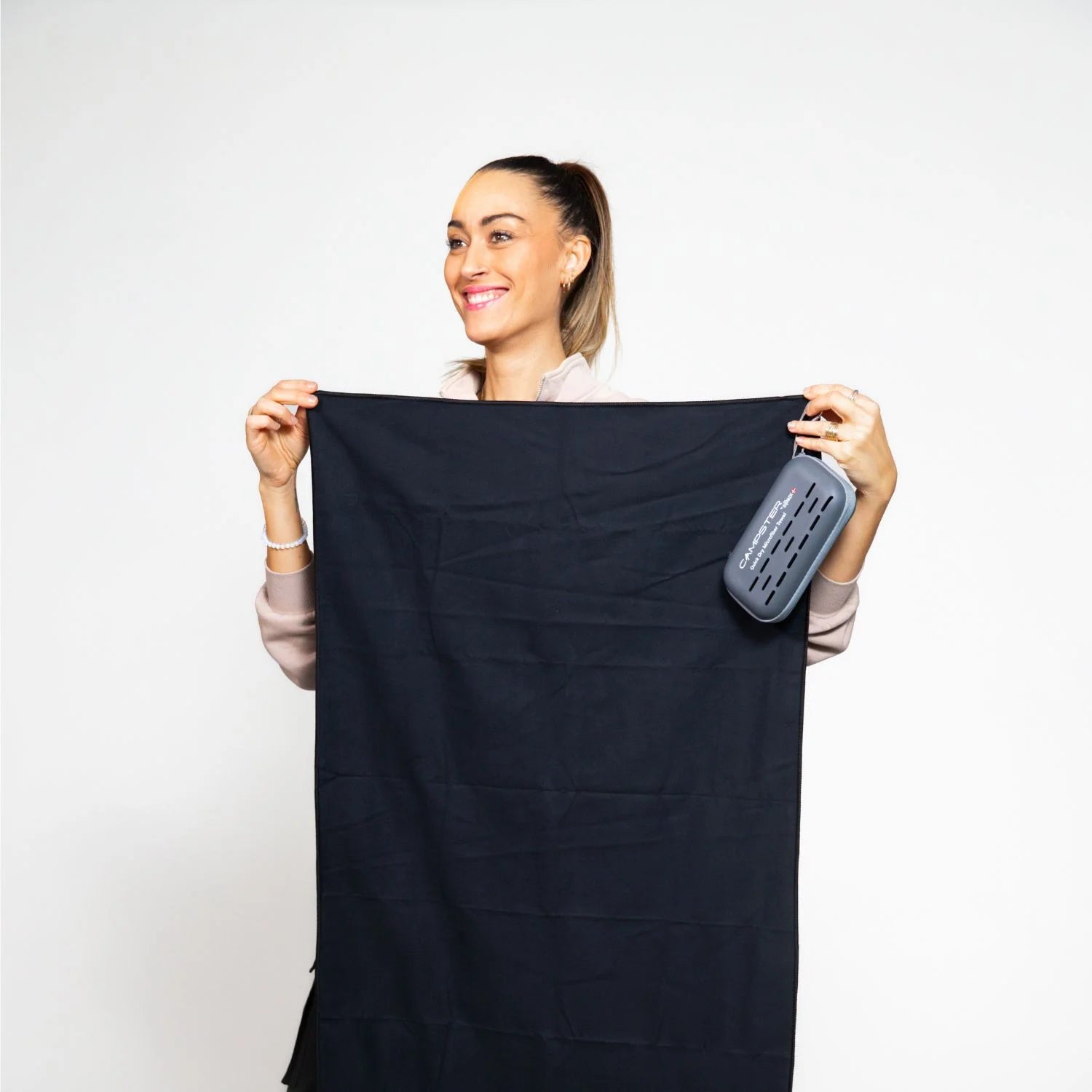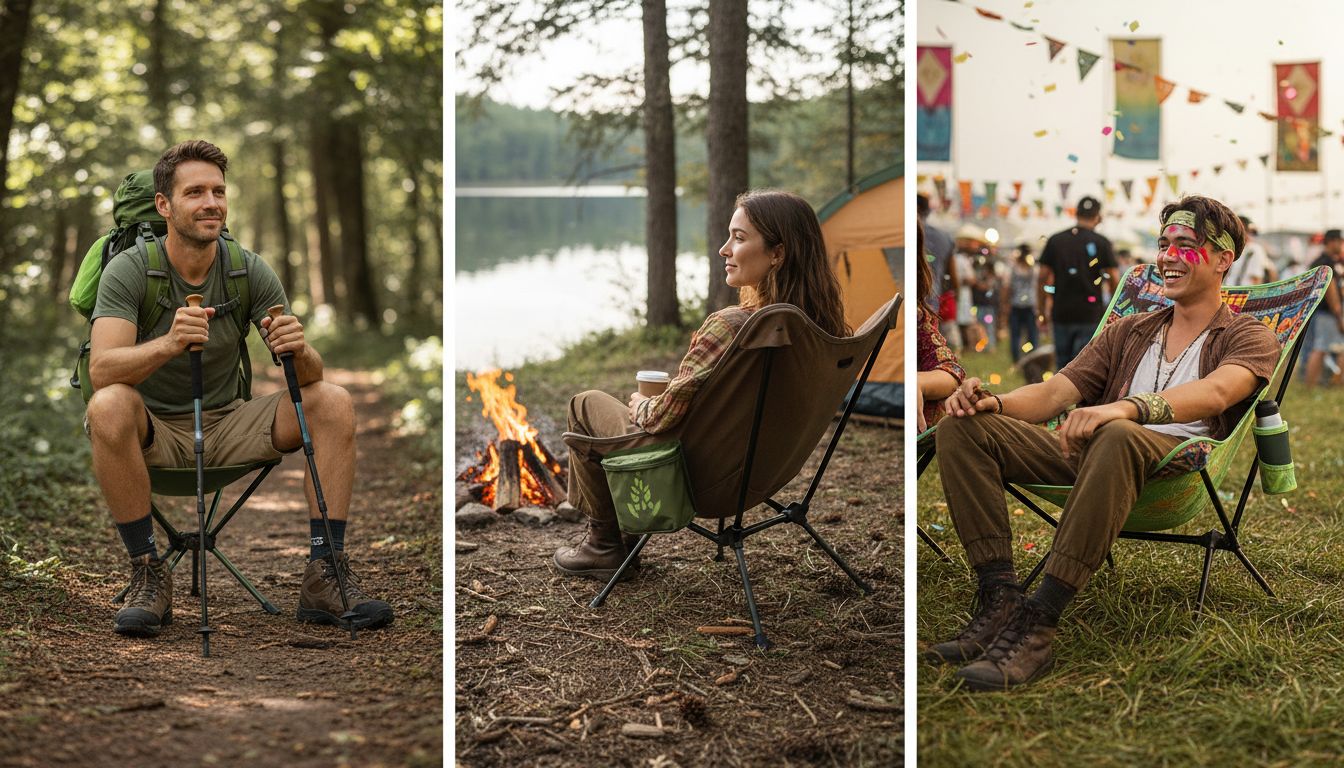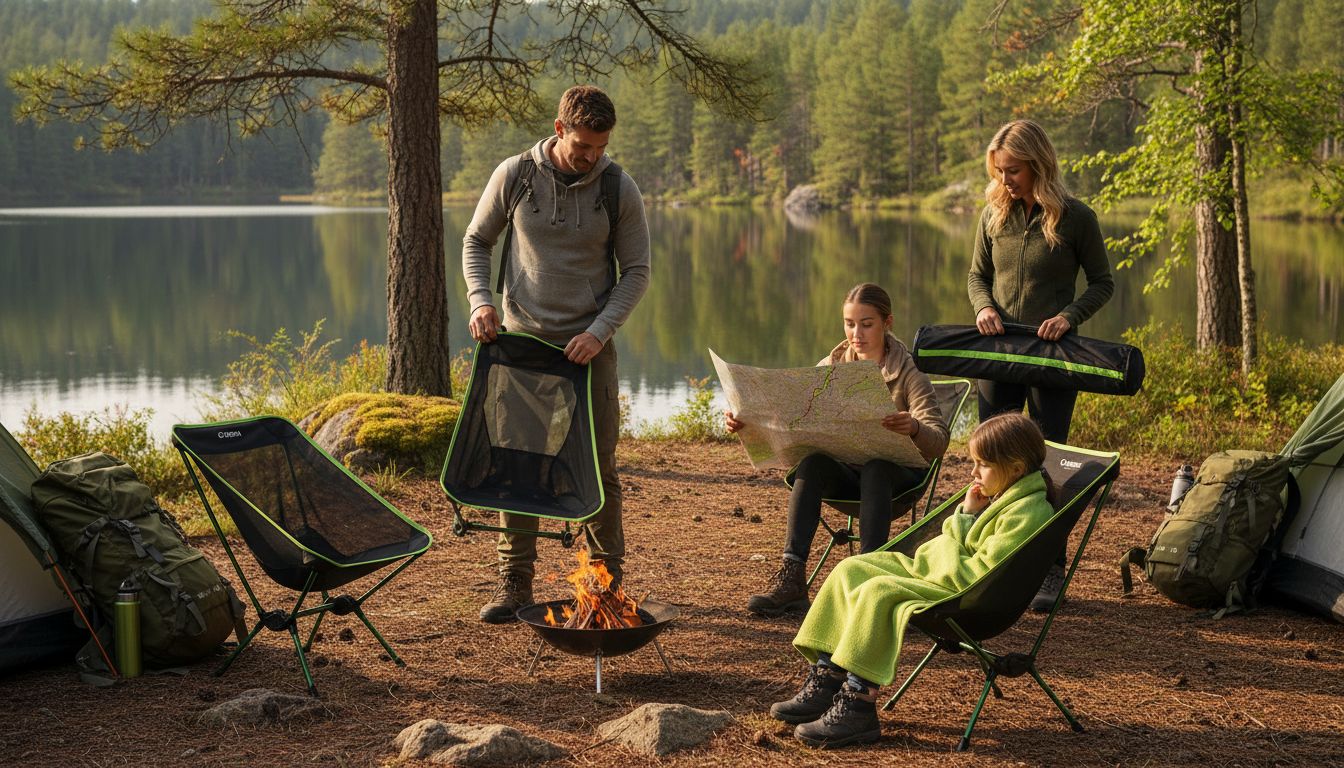Nearly 60 percent of outdoor enthusiasts say uncomfortable or bulky seating holds them back from making the most of their adventures. Picking the right portable seat can make a world of difference—whether you are hiking, camping, or just relaxing at a music festival. With so many options on the market, knowing what features matter most ensures you end up with a seat that matches your lifestyle, keeps you comfortable, and stands up to real-world use.
Table of Contents
- Step 1: Identify Your Seating Needs And Usage
- Step 2: Compare Weight And Portability Features
- Step 3: Review Comfort And Ergonomic Design
- Step 4: Evaluate Durability And Materials
- Step 5: Test Stability And Ease Of Setup
- Step 6: Verify Eco-Friendliness And Warranty Options
Quick Summary
| Key Point | Explanation |
|---|---|
| 1. Identify your seating needs first | Assess duration, number of users, and terrain to determine seating requirements. |
| 2. Compare weight and portability features | Evaluate how compact and light seating options are for easy transport. |
| 3. Prioritize comfort and ergonomic design | Consider lumbar support and materials that adapt to your body shape for better comfort. |
| 4. Assess durability and materials used | Look for robust materials resistant to outdoor elements to ensure longevity. |
| 5. Verify eco-friendliness and warranty options | Choose sustainable materials and check warranties for product reliability and environmental responsibility. |
Step 1: Identify your seating needs and usage
Choosing the perfect portable seating starts with understanding your specific adventure requirements. This critical first step helps you narrow down options that match your lifestyle and activity level.
According to Green Schoolyards America, assessing seating needs involves evaluating key factors like duration of use, number of potential users, and versatility across different environments. For outdoor enthusiasts, this means considering how long you will be sitting, what terrain you will encounter, and how much weight and space you can realistically transport.
Start by asking yourself some practical questions. Will you need seating for quick trail breaks or extended camping trips? Are you solo adventuring or bringing along a group? Will your seat need to handle rough terrain like rocky mountain paths or smooth surfaces like festival grounds? Consider your body weight, preferred sitting positions, and any specific comfort requirements like back support or cushioning.
Pro tip: Lightweight does not always mean less comfortable. Modern portable seating solutions balance minimal weight with ergonomic design. Pennsylvania Gateway to Green recommends prioritizing adaptability and user demographics when selecting outdoor seating.
Once you have a clear picture of your needs, you will be ready to explore specific portable seating options that align perfectly with your adventure style.
Step 2: Compare weight and portability features
Weight and portability are game changers when selecting your perfect portable seating. Understanding how different seating options stack up can mean the difference between a comfortable adventure and lugging around unnecessary bulk.
Sensory Trust emphasizes the critical role of lightweight and easily transportable seating for maximizing outdoor mobility. For adventurers, this means scrutinizing every ounce and folding mechanism. Consider the total weight including any additional carrying accessories like straps or bags. A chair that weighs 2 pounds might seem light in your living room but feel like a concrete block after hiking several miles.
When comparing portability, look beyond raw weight. Examine how compact the seating becomes when folded. Can it fit into a backpack side pocket? Will it slide easily into your car trunk? Green Schoolyards America recommends evaluating folding mechanisms and compressed dimensions as key portability indicators.
Pro tip: Weigh your seating against your most demanding expected use. A ultralight backpacking chair might be perfect for mountain trails but terrible for beach lounging. Some portable seats offer modular designs where you can add or remove components depending on your specific adventure requirements.
By carefully evaluating weight and portability, you will ensure your seating enhances rather than hinders your outdoor experience.

Step 3: Review comfort and ergonomic design
Comfort is not a luxury when it comes to portable seating it is an absolute necessity. Understanding how to evaluate ergonomic design can transform your outdoor experience from merely functional to genuinely enjoyable.
Research from arXiv reveals fascinating insights into seat design through computational analysis of body supporting surfaces. This means looking beyond basic measurements and considering how a portable seat will interact with your unique body shape and movement patterns. Pay attention to key ergonomic features like lumbar support curvature, seat angle, and weight distribution zones.
When assessing comfort, simulate real world scenarios. Test how the seat responds when you shift positions or lean slightly. Consider the materials used padding thickness and flexibility. arXiv research highlights how subtle design elements can significantly impact user experience especially during extended sitting periods.
Pro tip: Your body weight and typical sitting duration are crucial factors. A seat that feels comfortable for 15 minutes might become unbearable after an hour of use. Look for adjustable features and materials that offer both support and give.
By prioritizing ergonomic design you will ensure your portable seating becomes a trusted companion on every adventure not just another piece of equipment to endure.
Step 4: Evaluate durability and materials
Selecting portable seating that can withstand the unpredictable nature of outdoor adventures requires a strategic approach to understanding materials and construction. Your goal is to find a seat that survives everything from scorching desert heat to unexpected mountain rain.
Wheels for Wellbeing emphasizes the critical importance of material selection in outdoor furniture durability. Look for robust materials like ripstop nylon, aluminum frames, waterproof polyester, and reinforced synthetic fabrics that offer resistance against UV rays moisture and temperature fluctuations. Pay special attention to stress points like joints connection areas and fabric interfaces where wear and tear typically begin.
Felton Industries recommends conducting a comprehensive material assessment that goes beyond surface appearances. Examine the threading quality of seams check for rust resistant coatings on metal components and assess the overall structural integrity. A lightweight chair does not mean a fragile one some of the most durable portable seats combine minimal weight with strategic reinforcement.
Pro tip: Always check manufacturer specifications for weight capacity material composition and recommended environmental conditions. A chair that performs brilliantly in dry conditions might fail dramatically in humid or wet environments.
By meticulously evaluating materials and durability you will invest in portable seating that becomes a reliable companion on countless adventures.

Step 5: Test stability and ease of setup
Stability is the unsung hero of portable seating that can transform a potentially uncomfortable outdoor experience into a reliable moment of relaxation. Understanding how to thoroughly evaluate a seat’s setup and structural integrity is crucial for any adventure enthusiast.
Green Schoolyards America highlights the importance of comprehensive stability assessment beyond initial appearances. When testing a portable seat simulate real world scenarios by setting it up on various surfaces like uneven ground rocky terrain and soft grass. Check how quickly you can deploy the chair and whether it requires multiple steps or complex mechanisms. Look for features like adjustable leg lengths wide base designs and low center of gravity that contribute to overall stability.
Sensory Trust recommends a systematic approach to evaluating setup ease. Practice setting up the chair with minimal instructions and time how long it takes. Consider factors like number of connection points weight of individual components and intuitiveness of the folding mechanism. A truly great portable seat should feel almost second nature to assemble even when you are tired or working in challenging outdoor conditions.
Pro tip: Always test your portable seating on surfaces that mimic your most challenging expected environments. A chair that works perfectly on flat ground might become unstable on a slightly angled mountain trail or sandy beach.
By carefully examining stability and setup complexity you will find a portable seat that feels less like equipment and more like a trustworthy companion on your adventures.
Step 6: Verify eco-friendliness and warranty options
Choosing portable seating goes far beyond personal comfort it is about making responsible choices that minimize environmental impact while ensuring long term product reliability. Your decision can contribute to sustainable outdoor adventure practices.
GSAS Design Manual provides comprehensive guidance on assessing the environmental footprint of outdoor furniture. When evaluating eco friendliness look for materials like recycled aluminum recyclable fabrics and manufacturing processes that minimize carbon emissions. Check for certifications such as Global Recycling Standard or Forest Stewardship Council marks that indicate responsible sourcing and production practices.
Felton Industries emphasizes the critical connection between warranty options and environmental responsibility. A robust warranty not only protects your investment but also suggests the manufacturer believes in their product’s durability. Seek warranties that cover structural integrity material degradation and include repair or replacement options. Longer warranties often indicate higher quality materials and more sustainable manufacturing approaches.
Pro tip: Request detailed documentation about the materials sustainability profile. Some manufacturers provide lifecycle analysis reports that reveal the true environmental impact of their products.
By prioritizing eco friendly materials and comprehensive warranties you are not just buying a portable seat you are making an intentional choice for responsible outdoor enjoyment.
Discover Your Ideal Portable Seating for Every Adventure
Choosing the right portable seat can be overwhelming when you consider weight, comfort, durability, and eco-friendliness. This article breaks down those key challenges and highlights how to pick seating that truly fits your unique needs and adventure style. If you want to avoid bulky, uncomfortable chairs that slow you down, you need options that combine ergonomic design and lightweight portability with reliable stability.
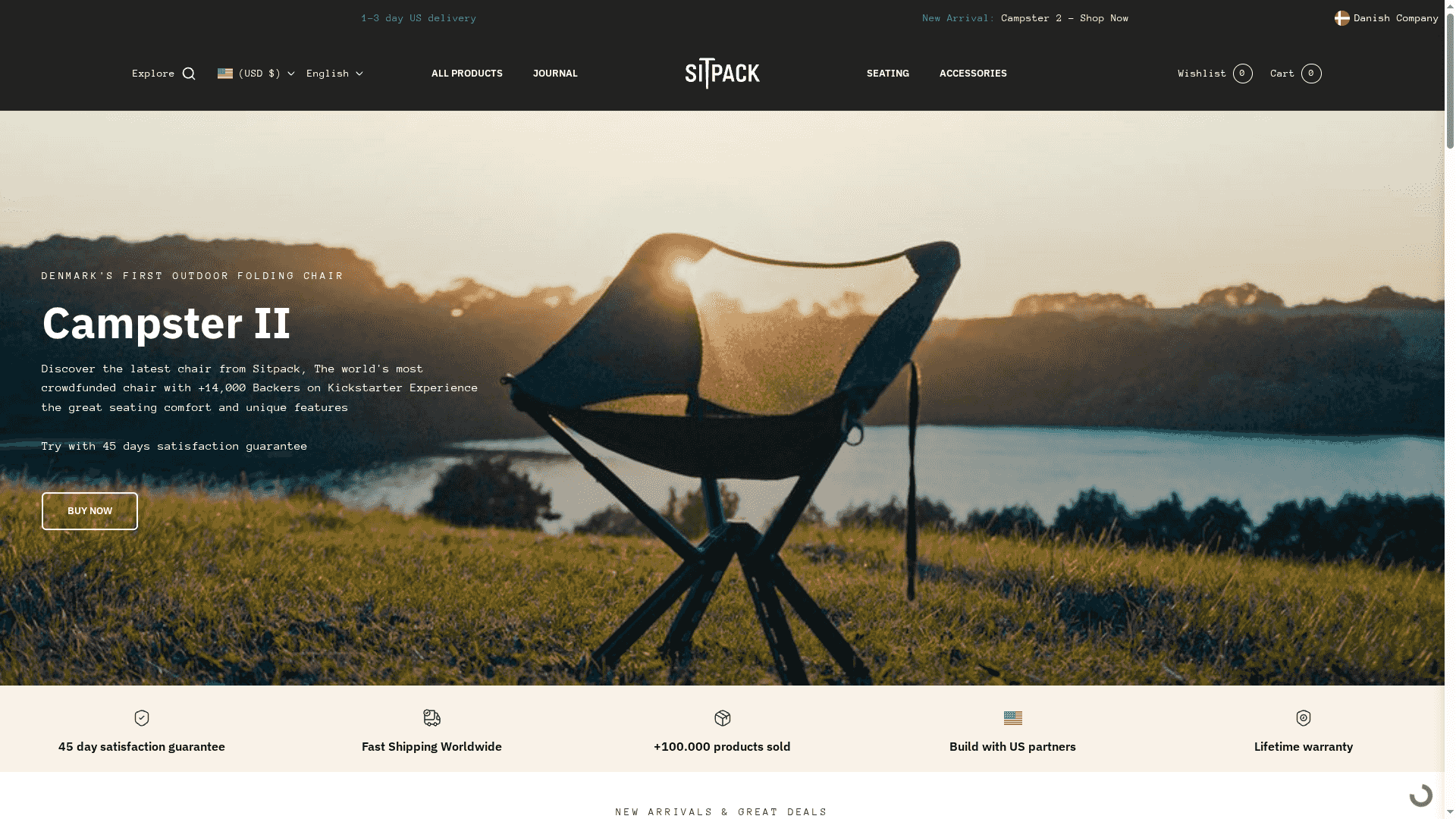
Explore innovative seating solutions like the Campster II and Sitpack Zen at Sitpack where every product is crafted for maximum comfort and minimal fuss. Benefit from thoughtfully designed features, eco-friendly materials, and lifetime warranties that stand up to your toughest outdoor conditions. Visit Sitpack now to find the perfect portable seat that moves as fast as you do and experience fast worldwide delivery with a 45-day satisfaction guarantee.
Frequently Asked Questions
How do I determine the right type of portable seating for my outdoor adventures?
To determine the right type of portable seating, start by assessing your specific needs such as duration of use, number of users, and the terrain. Make a list of your primary activities and the conditions you’ll encounter to help narrow your options.
What features should I look for when evaluating the weight and portability of a portable seat?
When evaluating weight and portability, consider not just the overall weight, but how compact the seating becomes when folded. Aim for seating that fits easily into your backpack or car and has a simple folding mechanism for quick setup.
How can I assess the comfort and ergonomic design of portable seating before purchase?
To assess comfort and ergonomic design, test the seating by mimicking real-world scenarios, like shifting positions. Look for key features such as lumbar support, seat angle, and materials for padding to ensure your seating is suitable for longer periods of use.
What materials should I consider for durable portable seating in varying weather conditions?
For durable portable seating, prioritize materials such as ripstop nylon, waterproof polyester, and aluminum frames. Examine the construction quality and stress points to ensure longevity, especially if you expect to use the seat in different environmental conditions.
How can I check the stability and ease of setup of a portable chair?
To check stability and ease of setup, practice setting up the chair on various surfaces like grass or rocky terrain. Aim for a chair that feels stable and can be deployed quickly without complicated steps, ensuring you can relax without hassle after a long hike.
Why is it important to verify eco-friendliness and warranty options when choosing portable seating?
Verifying eco-friendliness and warranty options is important because it indicates responsible manufacturing practices and product durability. Look for warranties that cover structural integrity and seek materials that are recyclable to ensure your seating supports sustainable adventure practices.
